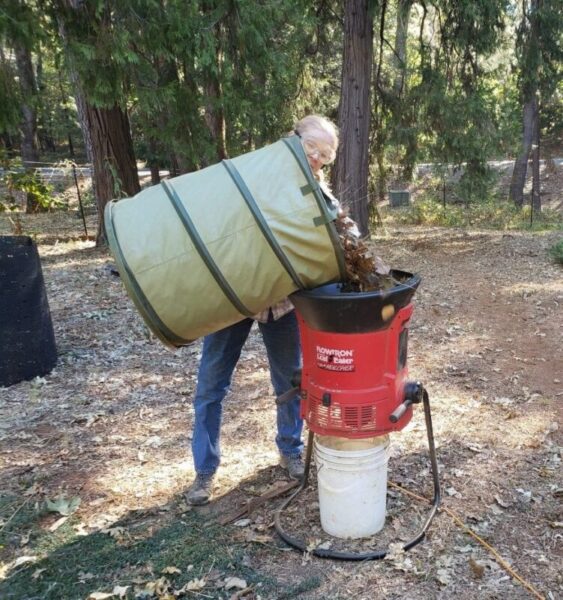With summer gardens winding down and leaves starting to turn color and fall, many of us have a great supply of materials for a compost pile.
Previously I discussed how composting is perfect for turning kitchen scraps into a soil amendment that boosts soil microbes to feed your plants. And how it removes carbon dioxide from the atmosphere and locks it up for very long term storage, helping reduce climate change…even if it’s a tiny bit at a time.
To make compost you need more than kitchen scraps. You can use lots of material our landscapes are providing throughout the year, especially in the fall.
So rather than throwing your green waste into the green waste bin, to be hauled off your site, harvest that stuff and turn it into gold for your soil.
I want to share two tools I find that make it easier to make compost or mulch and allow me to easily gather more material for my piles.
First, I highly recommend going to the Nevada County Master Gardeners website to get thorough instruction on composting. Also see the Briarpatch website, under the Community tab, find the section on “Composting” for some videos by Sierra Harvest’s Food Love Farm, and other information.
Gather your browns and greens
To make compost you need “browns” and “greens”. The leaves that fall, small sticks, straw, and even some paper are the browns. These are carbon rich and dry. Your kitchen scraps, finished vegetable and flower plants, and seed-free weeds are the greens. They’re nitrogen rich and have more moisture.
To make a pile that heats up you need a carbon to nitrogen ratio of 25-30:1. You also need air and the right amount of moisture.
Size reduction gives microbes their food fast
For quicker heating, that is, growing microbes to do their work on your pile, the greens and browns need to have lots of exposed surface area for them to have easy access to the cells of the material.
But beware of making it too fine or air will not be able to get in, the pile can become anaerobic, and won’t be good for your soil, and most of the carbon goes back into the air.
There are two types of tools I use to break things into smaller pieces, especially when you have a lot of material; shredders and chippers.
Shredding greens and browns
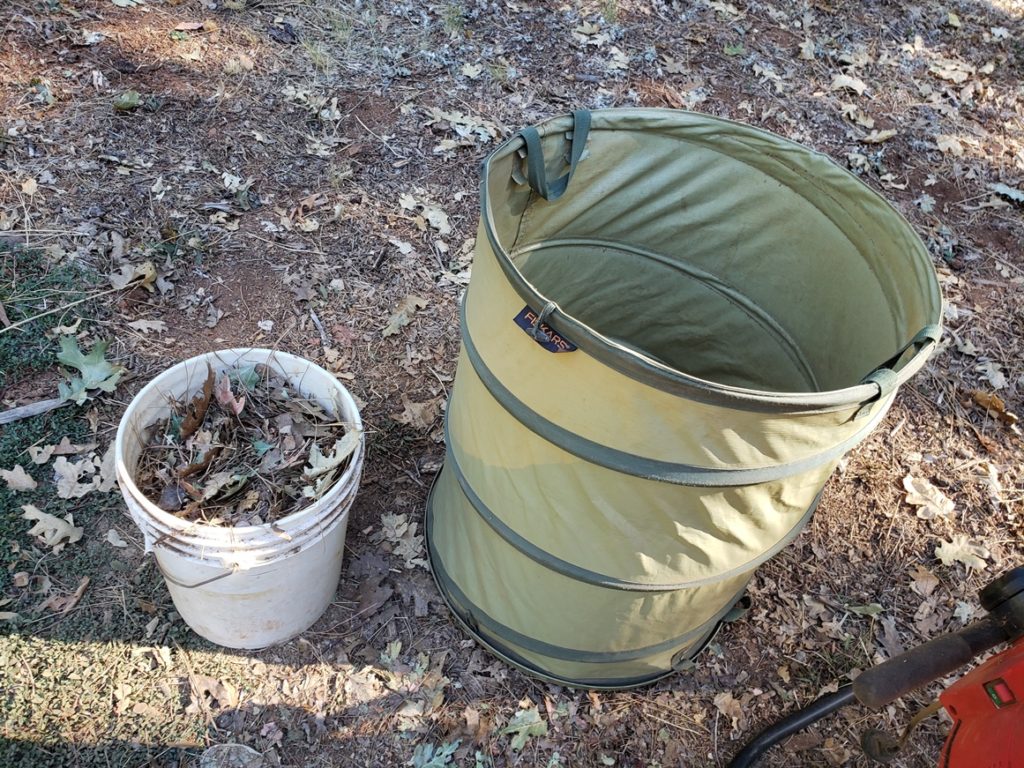
When you have lots of leaves in fall, shredding them up into smaller pieces can make them quicker to break down and get your compost heated up. A shredder uses the idea of a string trimmer at the bottom of a funnel. The leaves get loaded into the funnel and come out the bottom in much smaller pieces.
I’d say it reduces the volume of leaves by two thirds, shredding a large pile of loose material to a flatter small pile that’s easy to manipulate.
I use the Flowtron Electric Leaf Eater.
The process is quick, and I dare say it’s quicker than doing all the work to get the leaves into the green waste bin or hauling them anywhere. You can use this tool to get them to fit into the bin better. But you can do much better things with the shredded leaves: feed your soil.
In addition to using them as a source of your browns for compost, you can just lay them down on the soil of your perennial beds and around ornamental trees and shrubs as mulch. The benefit here is that more can be applied to the soil and when they’re broken into smaller pieces they lay down closer to the soil and don’t blow away.
This way the soil fungi can easily start their own work in breaking down the leaves and helping your soil microbe ecosystem to make more nutrients for your plants and improve moisture retention.
Chipping the greens and browns
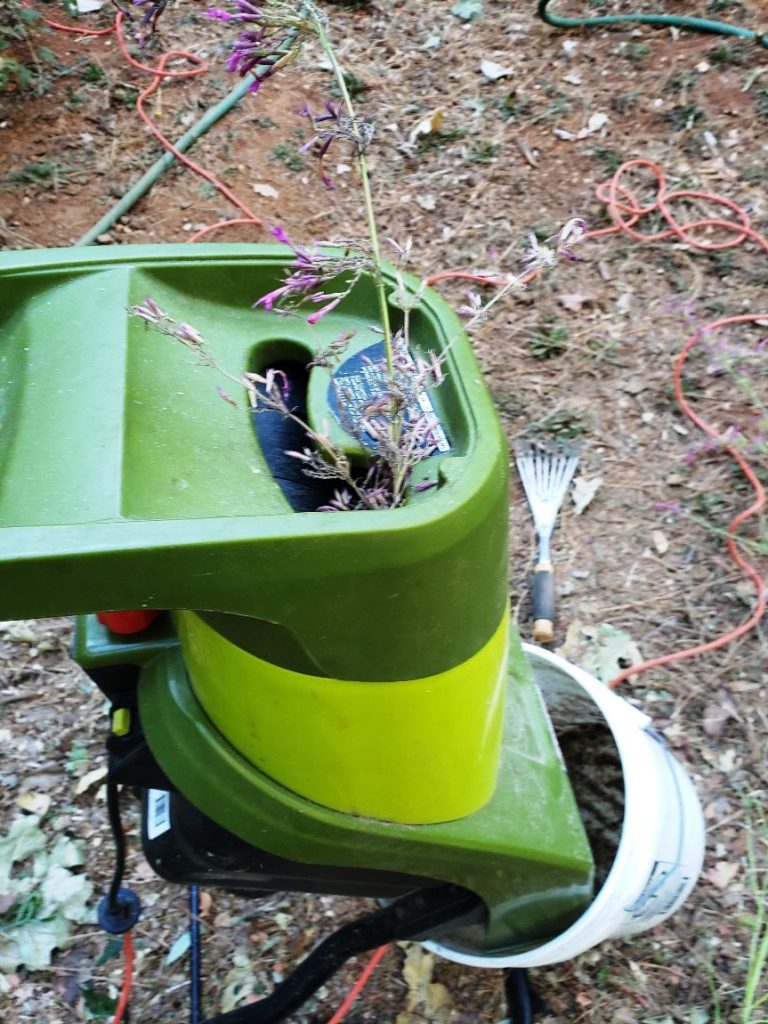
A light duty chipper can break down quite a number of organic materials: browns, such as small sticks and fruit tree prunings, and larger vegetable and flower plants like tomatoes, peppers, and sunflower stalks, and trimmings from perennials. I’ve even used it to chop up Scotch broom!
I’ve been using a SunJoe Chipper Joe. It chips up to 1” stick in diameter, but only if it’s very green. I usually use smaller diameter materials. I do have some problems with longer, slender things getting tangled up inside. I just have to open it up and clear it out and start it up again. It allows me to gather so much more material for composting and to help have a good carbon:nitrogen ratio.
With both forms of size reduction it’s important to have enough larger material to keep air within the pile. So keep some of the leaves whole.
The materials that are stalk-like or woody can be chipped. While the material that is leafier and softer can be shredded. The chipper and the shredder each can do a lot if size reduction of your green waste material that comes from your garden and from the larger landscape.
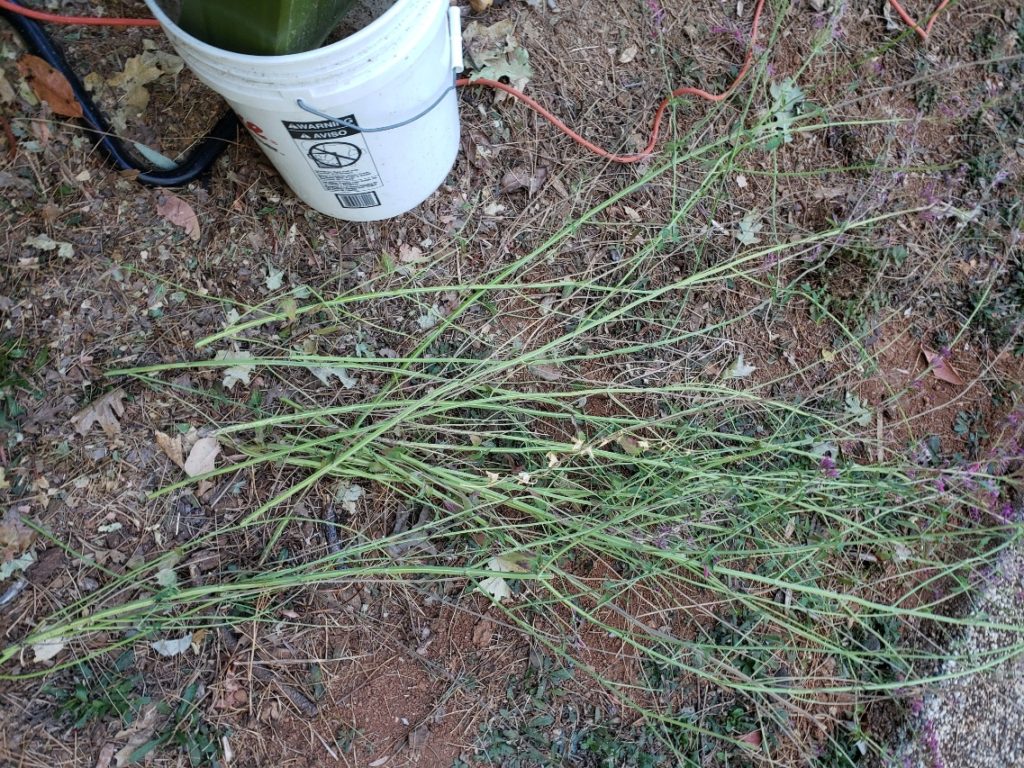
Get ready to compost your browns and green
Reducing the size of the materials lets you use a lot more material that would be too laborious to cut by hand. And the broken up pieces give the microbes easy access to more of the inner parts of plants so they can grow and multiply faster.
And if you shred all the leaves that fall you can mulch to absorb and retain more moisture while feeding perennial plants.
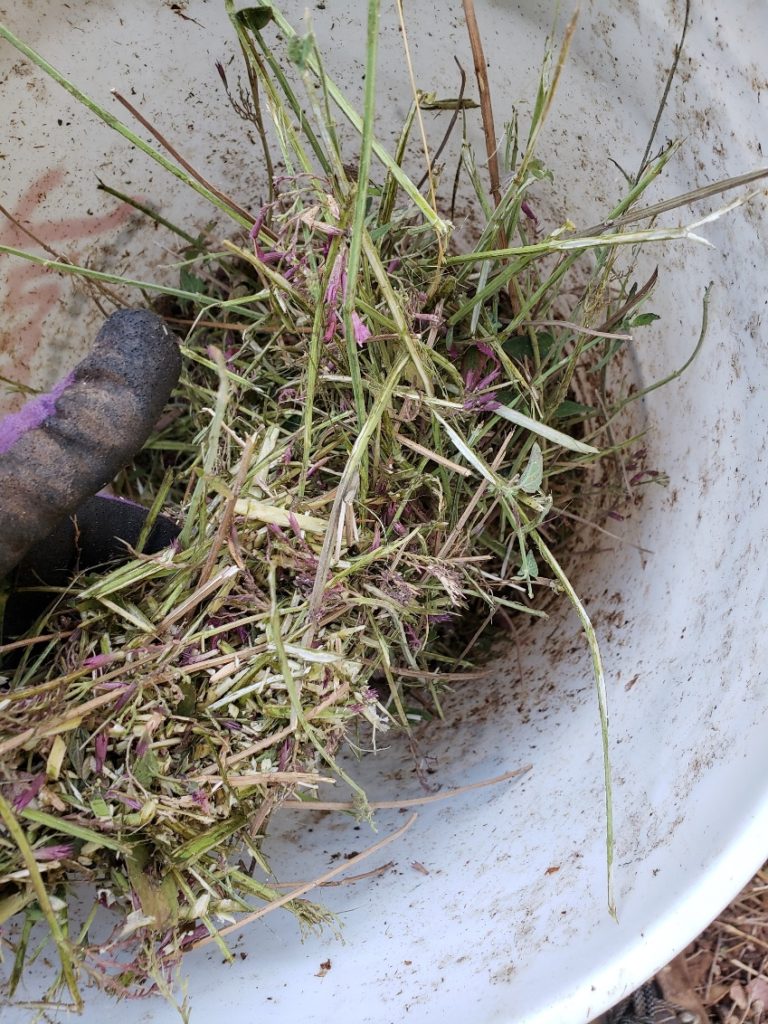
This page contains affiliate links.

